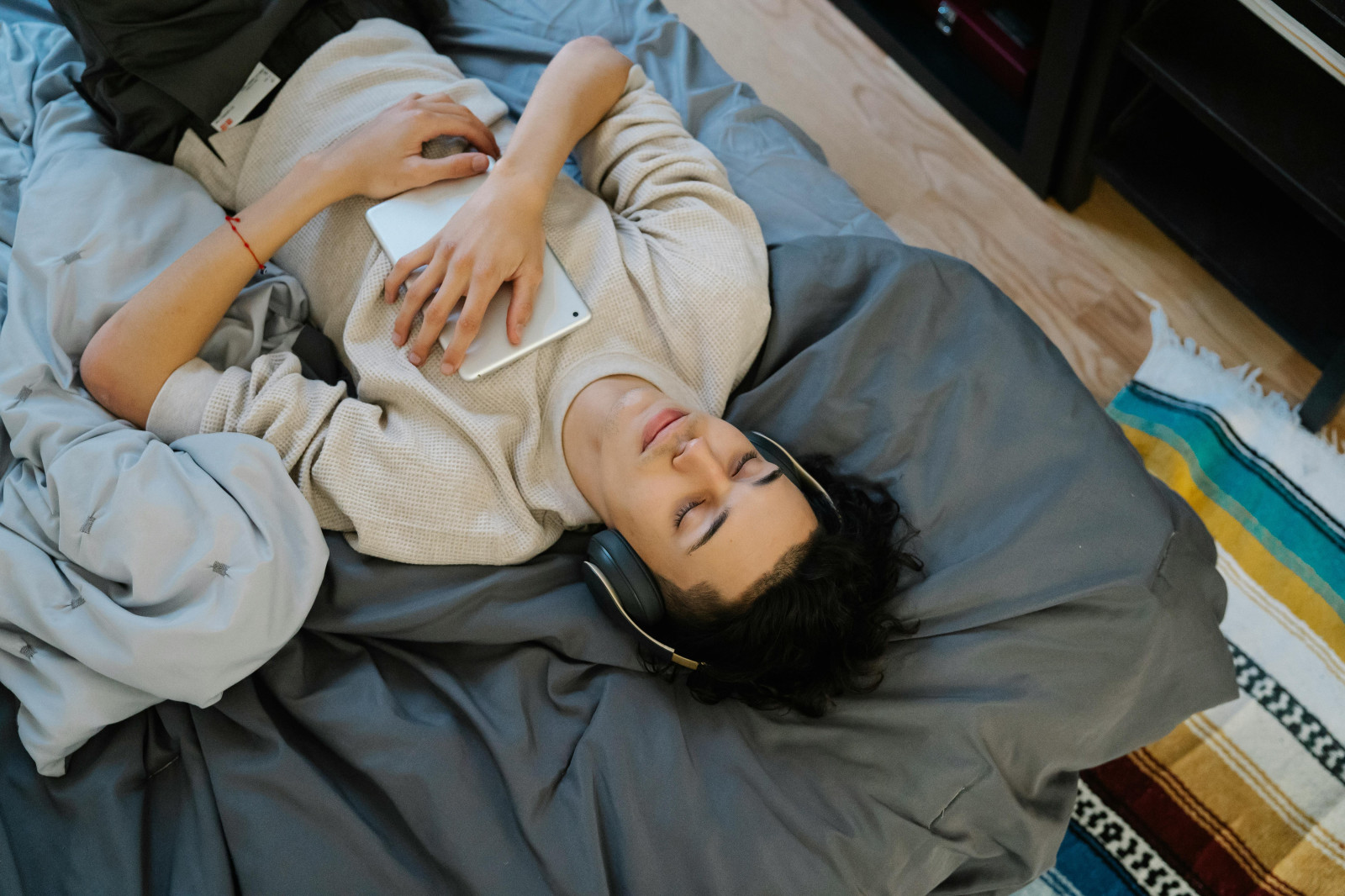As Spotify corners audiobooks, Audible eyes functional audio


Over the course of 30 years, Audible’s catalogue has grown to include more than 470,000 audiobooks, at least according to their own ads. In less than a year, Spotify’s catalogue has grown to include more than 200,000 audiobooks, which is already 42.6% of Audible’s offering. As the catalogues of each audiobook platform become less differentiated, companies like Spotify and Audible will increasingly turn to other means of differentiation, from different formats to different pricing.
Spotify already has the upperhand when it comes to format diversification and now, arguably, pricing, but Audible is not taking that lying down. Now that Spotify is encroaching on Audible’s audiobook turf, Audible is returning the favour, dipping its toe into functional audio. In coordination with World Sleep Day, Audible announced the launch of new sleep and relaxation-related titles for their recent Sleep Collection. According to Audible, the Sleep Collection is designed for users to “discover bedtime stories, soundscapes, meditations, and more created to help you sleep and find relaxation any time of day.” In effect, it is an audio playlist featuring A-list celebrities and compositions designed to help users fall asleep — exactly the sort of content for which listeners continue to turn to Spotify.
Why format matters less than function
Functional audio has always been around, at least implicitly. Radio has long provided news, weather, and traffic information; muzak has long filled awkward silences in public places; and disco has always made us dance. With the growth of playlists and algorithmic recommendations on streaming platforms, the function of certain audio has, for the first time, become explicit, diversified, and virtually infinite.
With the growth of contextual playlists based on mood and activity, the line between music and sound, white noise and whale song has become less and less distinguishable, leading to whole ecosystems of “fake artists” and AI-generated soundscapes for meditation, sleep, and any other activity you can think of. As genre-based editorial playlists diminish in influence, functional, algorithmic, and personalised programming continues to take the lion’s share of passive audio consumption — not only because it seems to be what users are increasingly looking for, but also because of lower overhead.
Featured Report
Podcasts as a key information source Implications for media companies
Podcasts have begun to rival traditional media as a key source of news and political information for podcast listeners, especially among millennials and Gen Z. To stay relevant, traditional media must...
Find out more…Though Spotify lords over the functional music space now, functional podcasts and audiobooks are not yet a major offering on the platform. That makes Audible’s functional audio move particularly interesting. Audible may not have music per se, but functional soundscapes for which they do not have to pay out royalties may, at the very least, keep current light users from jumping ship to Spotify. In the best case scenario, Audible may even start to swing the audiobook battle back in their own direction.
Spotify brings music functionality to audiobooks and podcasts
Spotify, of course, is not likely to slow down its feature development. In mid-March 2024, the platform rolled out Countdown Pages for audiobooks, offering the same sort of pre-save functionality that already exists for music artists. A week later, Spotify added public follower stats to podcasts, which is also a feature that exists for artist profiles.
At first glance, these features might seem like novelties, but they actually serve to encourage marketing efforts by publishers, authors, and podcast creators, and that ultimately helps Spotify get more reach, more on-platform usage, and more subscribers. For Spotify, keeping a competitive edge is not just about content and pricing differentiation — it is also about feature differentiation. For Audible to truly keep pace, the platform must consider how publishers and creators market themselves and drive their fans to the platform.

The discussion around this post has not yet got started, be the first to add an opinion.